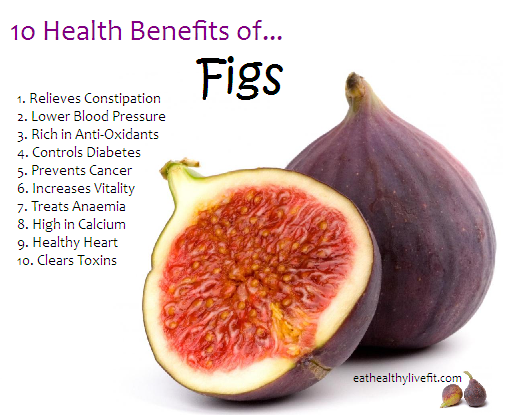It looks like it’s going to be a bumper year for figs. When
I peek beneath the lobed leaves of our ficus carica trees, I have
visions of plenty. Dozens upon dozens of pear-shaped fruit dangle temptingly
within reach.
 |
| One ripe LSU purple fig ready to pick |
Much as I’d like to pluck one early, I try to be patient.
Biting into an unripe fig — like sampling an unripe banana — is not a pleasant
experience. Figs taste best when left to ripen on the tree. A ripe fig is
plump, juicy and sweet. When gently pressed, it has the give and take of soft
flesh. Although still seedy, fig seeds are not nearly as obvious in the fresh
fruit as they are in the dried version of this ancient food.
 |
| There are over 700 named varieties of figs. All are filled with tiny edible seeds like in the four species shown here. (image from www.greekcuisine.com) |
Fig trees have been around for ages. Fossils found in an
early Neolithic village near the Palestinian West Bank city of Jericho suggest
figs were one of the first cultivated foods, farmed at least 1,000 years before
the domestication of wheat and rye. These semi-tropical plants play a prominent
role in biblical stories and were considered sacred by Ancient Romans. The
Ancient Greeks held figs in such esteem that the government permitted the
export of only inferior fruit, thus securing the tastiest varieties for
themselves.
Over time, fig cultivation spread throughout India, China,
Africa and the Mediterranean. Spanish and Portuguese missionaries brought them
to California in 1759 and by the late 1800s, these relatives of mulberry,
breadfruit and jackfruit grew on more than 1,000 acres of farmland in the
Sacramento Valley.
Today, 98 percent of all figs grown in the United States
come from California. Of the 38,700 tons produced in California in 2012, all
but 4,000 tons were turned into products like cookies (think: Fig Newtons),
candies, jellies, pastes and assorted health care products. Only 10 percent of
all figs are eaten in an unprocessed form, so it’s no wonder few Americans have
ever had the pleasure of biting into a juicy ripe fruit.
Until I met my husband, I was one of those people. The only
figs I grew up eating were the hard, dried variety. I remember tearing through
the tough, leathery skin with my teeth to get to the sweet, sticky flavor
within. While I liked the taste, I didn’t like the way seeds wedged themselves
between my teeth, so I wasn’t disappointed that my mother only bought them once
a year, during the holidays.
That changed when I married into a family where exotic foods
were everyday fare. My husband Ralph grew up eating fresh figs and once we
settled down, he decided we should grow our own. Unfortunately, the place we lived
during that time was Cape Cod, not exactly an ideal fig-growing climate.
Nonetheless, we planted trees and while I don’t remember ever having a
substantial harvest, I recall with clarity all the effort my husband put into
their care.
Every autumn, he’d loosen the soil around the roots just
enough to tip the trees over onto their side. That in itself was quite the
production. He’d then cover the supine plants with a thick layer of mulch to
protect them from the cold, reversing the process in the spring.
 |
| Although I don't have any pictures of Ralph tipping over and mulching our trees on Cape Cod, the above photo from www.gardenAtoZ.com depicts the same process. For more information about growing figs in cold climates check out their website. |
Cold-weather concerns vanished when we moved to Florida. Fig
trees thrive in Florida’s warm climate, and my fruit-loving husband took full
advantage of that fact. He planted fig trees everywhere. Three large specimens
are just outside our west-facing entry with several dozen more scattered around
the property.
Not surprisingly, the tree that symbolizes abundance,
fertility and sweetness is easy to grow and easy to propagate. Rooted cuttings
produce fruit in just a couple years and, assuming nematode-resistant varieties
are grown, they are fairly unbothered by pests or diseases. With our trees, the
main obstacle we contend with is getting to the fruit before critters do.
Squirrels, crows and wild turkeys are among the animals that like them, too.
 |
| Crow in a fig tree... |
.JPG) |
| Crow with a fig |
If you’ve never tasted a ripe fig, the perfect time to do so
is now when fresh figs are available in groceries, farmer’s markets and at the
occasional u-pick farm. There are many varieties to choose from and all are
delicious. Try a fig or two, and discover a taste that has endured for ages.


No comments:
Post a Comment